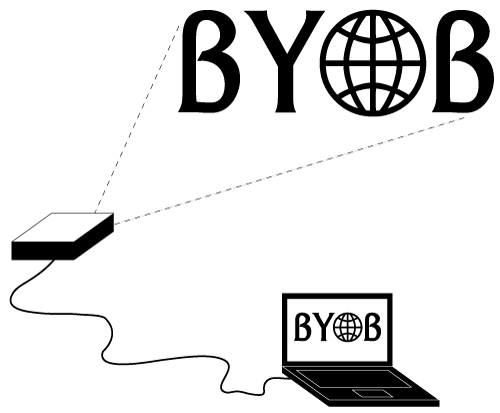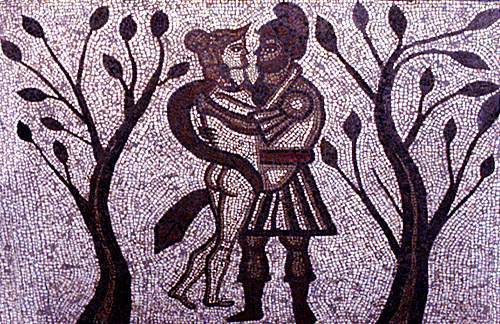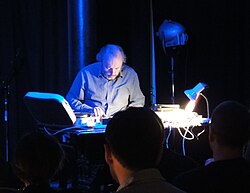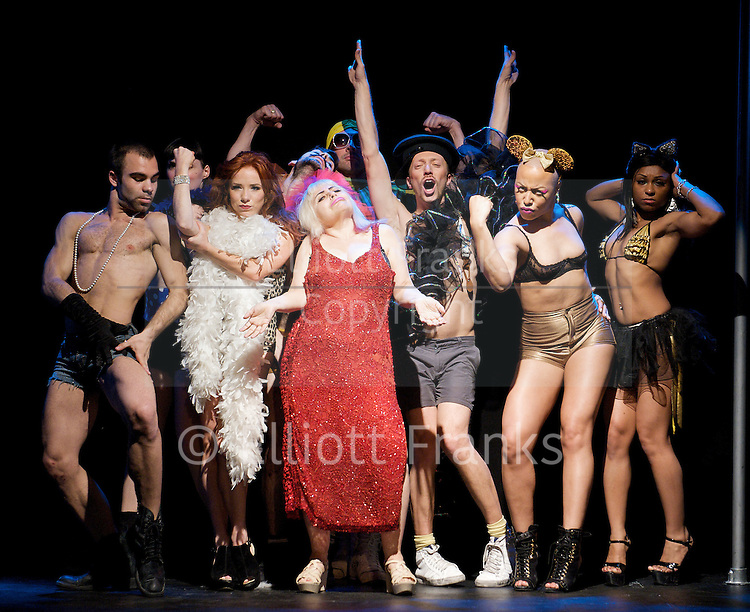Por Sal Y Samba isn't just coming to Edinburgh for the
manipulate festival. It
exists on-line in various incarnations. This video might not be safe for work, so I have annotated one version that I watched.
The first minute is a series of squeaks in the darkness. I had been told this was a piece that didn’t stint on the erotic, but I hadn’t expected something so close to my Saturday night fumbling. There is repressed laughter, an atmosphere of tension…
At the minute mark, the lights come up. There are two people, so it isn’t like my Saturday night at all. A man and a woman are partnering each other in a samba style dance. He has got a very big red… it’s either a corsage or a handkerchief… and she has got a very short red dress.
1’22” He grabs her head and knocks her to the ground. Then he picks her up by the hair. Her body language suggests she isn’t too keen on that.
He roughs her up by the hair for a bit, puts her back on the floor. He strokes her hair nicely. The audience laughs.
1’33” That stops the chuckles. He tugs her about the floor by the hair. The look on her face isn’t suggesting that this is a spot of consensual BDSM. Her legs kick, she even moans in pain. Then they resolve into a classic samba pose. Oh, it’s okay to laugh again.
1’50” She wanders off from him and throws a few silky shapes. He smiles and strikes a pose, wearing a big cheesy grin. The samba is off again…
2’ 20” Jesus, he’s at it again. Dragging her about by the hair. Apparently, someone in the audience has “got the joke” and is chuckling along. He keeps his hand on her chops, now and again slamming her to the ground, but generally keeping her under his command.
Seriously, if you are in the audience when I come and see this in Edinburgh, and you start laughing at violence against a woman, I am going to come and pull your hair.
I mean, I get it: it is choreography and not real violence. But this guy is acting like it’s Jim Davidson up there, slapping around his side-kick.
That said, the deconstruction of salsa’s implied macho savagery has been addressed pretty quickly. I am hoping she gets some licks in later.
2’ 40” He’s got her up against the wall. Still grabbing her hair, and she is flopping about.
3’ 02” They separate and go back into the slinky moves. The hip waggling and the sensual sway is uncomfortable now. He’s all melodramatic, she’s being seductive.
3’ 22” They parade around the stage together. He’s behind, guiding her with a soft touch.
3’ 54” Still the funky samba. The lack of music helps make it sinister, though. He looks like a threat. Maybe it’s the goatee. At least that handkerchief fell out of his pocket ages ago.
I’m not buying the idea that this takes cues from BDSM. If anything, it’s the opposite of Safe, Sane and Consensual. He doesn’t need to touch her to be menacing. The power balance is clearly in his favour.
4’02” He does a little sexy wiggle and gets a laugh.
4’ 13” Ya beauty. She’s got him by the hair and pinned him on the floor. The game is afoot.
4’28” After dragging him around for a bit, she has got him on all fours. This looks promising.
5’10” She is standing on his leg. He won’t like that. He doesn’t. Chuckles in the audience is having a high old time, though.
5’ 43” Okay. I am starting to feel bad now for wanting him to get hurt. She is poking her heel right in, and he is sobbing.
5’ 55” He’s got her by the hair and pulls her across his body.
6’ 00” It’s a full on ruck.
6’ 45” They are having a fight and shouting “samba,” like they are really grooving along to the beat. Only the beat is the sound of them scraping along the floor.
6’ 48” She boots him. The hilarity continues in the audience.
7’ 05” Ah. It’s a bit more ritualized. They are taking turns on each other. That’s the BDSM coming out. Samba is like their safe word.
The lights just went out and the music came on. Is that The Carpenters?
8’04” Lights fade in. They are by a big box of salt. He is kneeling, she is squatting towards him.
8’15” That was looking a bit sexy, only now she is pouring salt down his throat. A thick white rope of it in his open mouth.
9’09” When Karen Carpenters sings “sharing horizons that are new to us,” there’s a nice irony. He seems to be into the salt feeding though and she is being quite gentle.
9’35” Shaking up a coke can, she slinks over to him.
10’ 24” He’s having a puke on stage.
10’44” And she’s taking the piss out of him for spewing.
At this point, I decided to draw a veil over the last five minutes. There needs to be some mystery, even in descriptive critique.

















